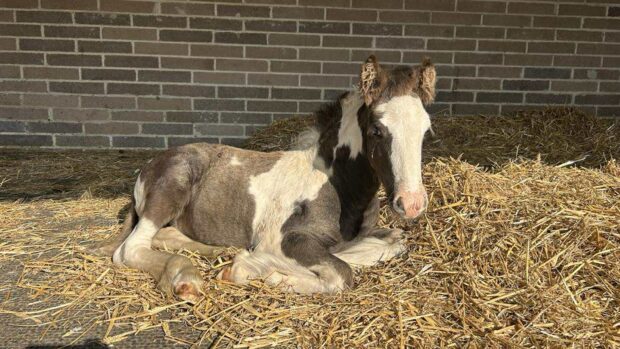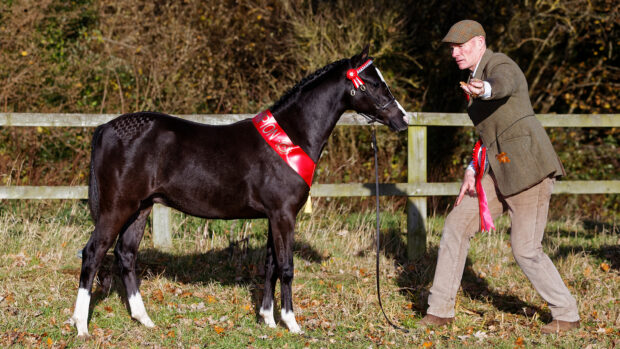More articles on foals
Get feeding advice
Whether foals are born in early spring or late summer, the change in season at the start of the winter causes quite fundamental shifts in their lifestyles. The obvious change is weaning, and their food changes from milk, grass and stud feed to hay and stud feed.
Also, their degree of freedom changes if they are stabled more. If they are stabled next to other horses then there is a good chance that they will pick up a bug of some sort.
Most bone growth takes place in year one, when the basic frame is formed for later life. Steady — not rapid — growth allows for optimal bone development, but the stress of weaning and dietary change can set the foal back if it is not managed well, something often easier said than done.
Every foal is individual in the way it grows and in temperament and attitude, so a “one size fits all” approach to managing a foal through this period probably doesn’t apply. Your best guide is the foal itself and its condition — is it eating well, not too lean, not too fat and growing normally?
Growth spurts can occur as a result of breeding, but more so through an upward surge in the nutrient density of the diet. This usually happens in spring when the grass starts to grow, but could occur at this time of year through overfeeding of stud feeds, especially if your forage is poor and you give too much hard feed to compensate. Low nutritional value forages lead to foals with hay bellies.
Weaning, at whatever time of year, is highly stressful and it is now well known that weaning is a peak time for the onset of stereotypical behaviours, especially in foals fed haylage. Therefore, a foal should be offered as much forage as it wants to keep it occupied (although it won’t consume that much at first).
As important is giving foals equine company — being able to at least see or, better still, have contact with others significantly reduces abnormal behaviour.
Horse & Hound’s top feeding tips for foals
- Leafy meadow hays and haylages are more nutritious for foals during their first winter.
- The “rule of thumb” for stud feed is 1lb per month of age. For an eight-month-old thoroughbred, this is equivalent to 8lb (3.6kg) of hard feed per day, which sounds a lot but is not an oversupply and complements an often-low forage intake.
- Lower-starch formulations may be better for bone development than high-starch cereal mixes.
- Underfeeding is as bad as overfeeding: for foals that do too well on a stud feed, either feed a low-dose highly fortified stud concentrate or use a low-energy feed topped up with a supplement with a high vitamin and mineral content.
This article was first published in Horse & Hound (2 December, ’04)
Looking for more articles on foals?
Get feeding advice now



